Have you wondered how much RAM for programming is enough? If you’re a beginner looking to kick-start a career in programming, don’t skip this post.
Programming is one task that requires a powerful computer, as you’ll be dealing with tons of powerful software and would like the computer to run smoothly.
Using the right computer makes programming enjoyable. You won’t experience lags and a situation where specific programs automatically stop responding.
RAM (Random Access Memory) is an integral part of the computer, and you need enough RAM power to run heavy software. The question now is, how much RAM is enough for programming? You’ll learn all you need about RAM programming specifications here. Keep reading!
How Much RAM for Programming Is Enough?
If you’re a programmer, your choice of RAM should be between 16 GB and 32 GB. You’ll know why before you finish consuming this post.
Both memory sizes fit two categories of programmers. So use the description below to identify the category you belong to.
16GB RAM is ideal for programmers seeking a responsive development environment, research, fast build times, and multitasking ability.
On the other hand, the 32GB RAM is a wise choice for programmers seeking a machine with extensive multitasking capacity, and ability to run virtual machines, memory-hungry processes, and applications. You won’t experience lags when running multiple memory-hungry programs on 32GB RAM.
RAM space is essential, especially when using the system for a memory-hungry task like programming. And keep in mind that the available RAM must be higher than the one the application needs when programming.
If the reverse is the case, your computer may slow to a crawl. You’ll experience lags and spend way more time than you should on tasks.
How Important Is RAM For Programming?
RAM is an important feature to consider in a computer if you’re a programmer. Your RAM size will dictate how well your computer will perform when coding with it.
The reason to consider RAM size for programmers is the applications the computer has to handle when coding. For the record, you must run heavy virtual machines, emulators, and IDEs that can take a massive toll on your computer.
These applications are enormous, as you already know. And what’s more, you have to run all of them simultaneously. Now, if one application places a considerable demand on the RAM, imagine what having all the apps running together will be. The demand placed on your computer will be massive.
The requirement is much higher for game developers. The game development environment and level design require a robust system to run smoothly.
RAM is vital for programming. So if you’re buying a computer for coding, RAM should be one of the features you should pay attention to.
The applications you’ll need for programming require enough memory to run. Thus, if the memory the application requires is bigger than what’s available, your computer’s performance will take a hit.
If RAM isn’t enough to run the applications, your computer’s operating system will proffer a solution to this problem. In other words, it will switch the data back and forth between the memory (RAM) and the virtual memory.
This virtual memory implies ample space on your storage devices (Hard drive or SSD). It’s the place excess data is stored. That is, data that can’t fit into the RAM when running the computer.
Unfortunately, virtual memory isn’t the best place to store data. Why? The simple answer is it’s a bit slow. It will be better if your RAM can handle the memory demand because sharing it with the virtual memory will affect performance. In other words, your computer will be annoyingly slow.
How To Manage Your RAM When Programming
One of the reasons programmers demand computers with enough RAM is the number of programs they run simultaneously. You may require different programs at different stages of the coding task.
Again, running all the necessary applications can make a programmer’s task much easier. It will make the job faster, too, as you can seamlessly move from one app to another.
Unfortunately, the more applications you open, the higher the demand for your RAM will be. And if the RAM doesn’t have enough space, the ideal app’s data will be transferred to the virtual memory.
Placing your computer in a position where the RAM and virtual memory has to share excess data isn’t a good move. Your computer will be slow and frustrating to operate.
An easy way out in these scenarios is to open only a few programs, not all simultaneously. You only open the program you want to use and close it immediately. This way, the RAM won’t be overwhelmed.
A Handy Tip: One good piece of advice for programmers is to consider RAM size when buying a computer. You know the kind of programs you want to run and the vast demand they’ll place on your memory.
So, choose the ideal RAM size for programming. Keeping some apps open and others closed to save memory space isn’t the best decision. It will severely affect your workflow and make completing your project on time challenging.
RAM-Hungry Applications Programmers Use
Programming is complex, and what makes it so is the wide variety of applications used. These are not just basic apps but RAM-hungry ones. They’ll take a considerable portion of your RAM, whether running or idle.
Check out the applications below:
1: Development Environments:
The development environment involves a collection of tools and processes used to create a source code for a software product or program.
The basic tools used in the development environment are the source code editor, interpreter, or compiler. Other tools are used more or less, depending on the programming language and the programmer. Check out the list below
- VS Code
- Eclipse
- Virtual Studio
- Android Studio
- pyCharm
- IntelliJ
- XCode
- Netbeans
2: Virtual Machine: A VM is a computing resource that utilizes software instead of a computer to run programs and deploy apps. VM requires a considerable portion of the RAM to run its operating system.
3: Processing large databases or files: This process uses plenty of memory.
4: Servers or simulators: Running servers or simulators while developing places significant demand on your RAM.
5: Browsers: Research is necessary when programming. A programmer needs all the information one can get to deliver the best result.
These are just some of the apps that programmers use. They are RAM-hungry apps. So evaluate your RAM needs before splashing the cash on any computer.
Factors You Should Consider Before Buying RAM For Programming
RAM is one of the integral parts of a computer. It plays a vital role in a laptop or desktop computer’s performance.
However, remember that the more RAM your computer has, the better. Your computer will perform better, and you can code with ease.
You have to consider certain things before buying RAM or choosing a computer. Here are the factors below.
1: Frequency:
Here is one of the things to consider when choosing RAM. Note that your motherboard is designed to run specific RAM frequencies.
Let’s say your motherboard can run up to DDR3 1600MHz. You won’t get the maximum output if you choose a faster RAM. Instead, you’ll have to run your new RAM much slower. In the worst-case scenario, the RAM may not even work.
On the other hand, if you go for slower memory, your computer’s performance will take a severe hit. Thus, you have to make the right choice concerning what your motherboard supports.
A Handy Tip: Check your motherboard specification to ascertain the speeds it supports. For instance, if you find on your DDR4 motherboard that it supports DDR4 3400 (OC), 3333 (OC), 3300 (OC), 3200, and 3000, here is what it means.
Your motherboard can support DDR4-3400 and DDR4-3333, including DDR4-3300, though with memory overclocking. The term “OC” means overclocking. Furthermore, it can support DDR4-3200 and DDR4-3000 at stock speed.
2: Timings:
Timings or latency implies the delay between specific commands executed by the computer memory’s subsystem. When choosing a RAM, consider options with low timings.
RAMs with low timings have lower latency and higher bandwidth.
3: Amount of RAM required:
How much RAM do you need? Here is a critical question you should ask yourself. As a programmer, you will need a computer with a lot of RAM space. Of course, the more RAM, the better the performance.
Choose between 16 GB and 32 GB, as both are enough for programming. The 32 GB offers some flexibility. It will allow you to multitask and run multiple apps simultaneously without compromising performance.
In summary, 32 GB memory is a wise choice for programmers that want peak performance. However, the 16 GB is a good choice for those who don’t mind closing some applications before opening others while programming.
4: Price point:
How much do you plan to spend on RAM? How much does your RAM of choice cost?
Understand that DDR5 is more expensive than DDR4, though it’s not as popular as the latter.
Frequently Asked Questions
1. Is 8GB RAM Good For Programming
Yes, but let’s not use the word “good.” Instead, a fitting word would be “8GB RAM is okay for programming.” By the way, it’s far better than 4GB RAM.
Many programmers have reiterated that they enjoy coding with an 8GB RAM system. The only challenge is it’s not possible to run multiple applications simultaneously. You have to close the idle ones and open the only one you want to use for each task.
However, closing apps and opening one or a few for performance’s sake will slow workflow. In other words, you’ll spend more time than required for the task.
With 8GB RAM, you can open a few browser tabs, Spotify, and a text editor (a lightweight editor, though).
2. Is 16GB RAM Good For Programming
Yes, 16 GB is good for programming. You’ll have the flexibility to multitask and accomplish your task. You can run multiple applications simultaneously too.
So 16GB RAM offers a good balance between being able to do all the things you want to do and maintaining a reasonable budget. However, most people with 16GB RAM would wish they had 32GB RAM when running specific programs.
In a nutshell, 16 GB is good for programming. You can do a reasonable amount of multitasking with this much memory.
3. Is 32GB RAM Good For Programming
Yes, 32GB RAM is quite a lot, and it’s great for programming. With this ramount of memory, you can perform extensive multitasking, build processes, run virtual machines, and other memory-hungry tools.
Consider the 32GB RAM as a massive upgrade on the 16GB RAM. You’ll enjoy coding if your computer has this memory size.
4. Is 4GB RAM Good For Programming
If you don’t have the budget for bigger memory, you can manage 4GB RAM. Just don’t forget that your multitasking ability will be minimal. In addition, you’ll experience lags when running memory-hungry applications, such as MATLAB.
In a nutshell, 4 GB RAM isn’t enough programming memory. The constant lag will leave you frustrated. 5. Is 64GB RAM Good For Programming
Yes, 64GB RAM is excellent for programming. But the question is, do you need this much memory? No. So, it’s safe to say 64GB RAM is an overkill for programming.
However, you can get any memory you want if you have the budget. 64GB RAM is future-proofing your system.
Conclusion
How much RAM for programming? You can use 4GB RAM, 8GB RAM, 16GB RAM and even 64GB RAM. However, the best option is between 16GB RAM and 3GB RAM. But if you have the budget for 32GB RAM, you should consider it.
You can perform extensive multitasking and run all the apps you need for programming simultaneously with 32 GB memory. However, 64 GB Memory is overkill for programming. You don’t need this much memory for such jobs.




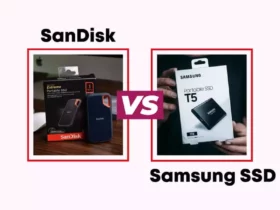

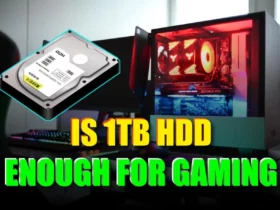
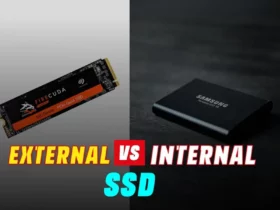
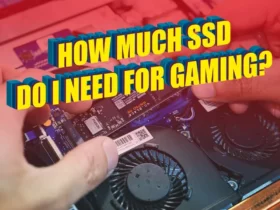

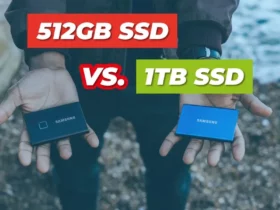
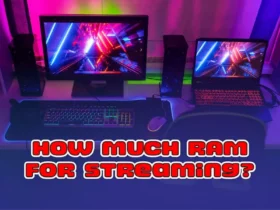
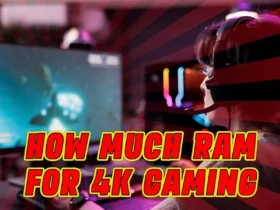
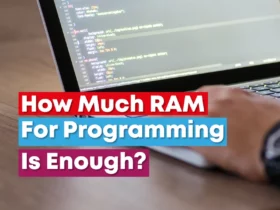

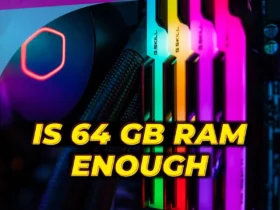
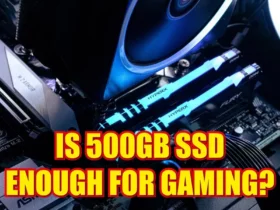
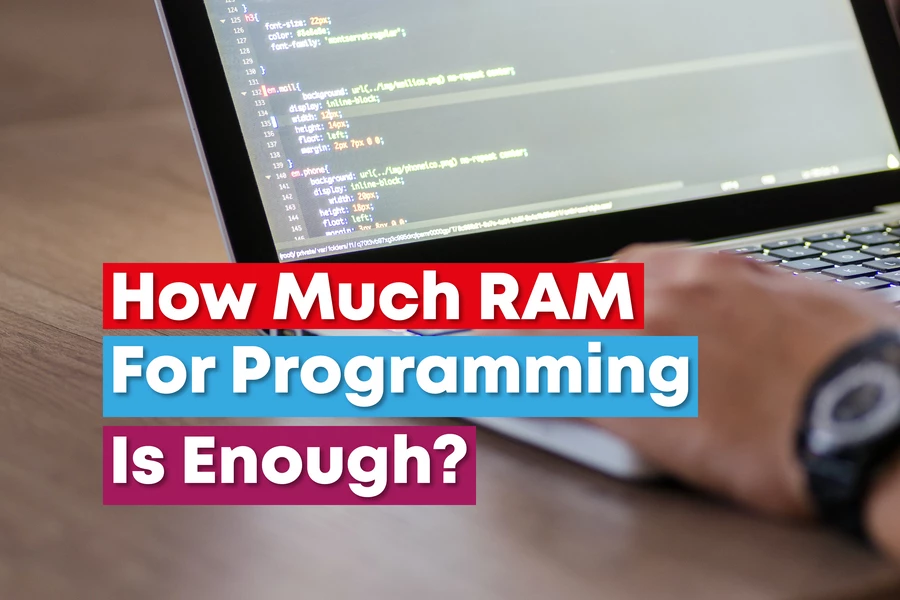
Leave a Reply